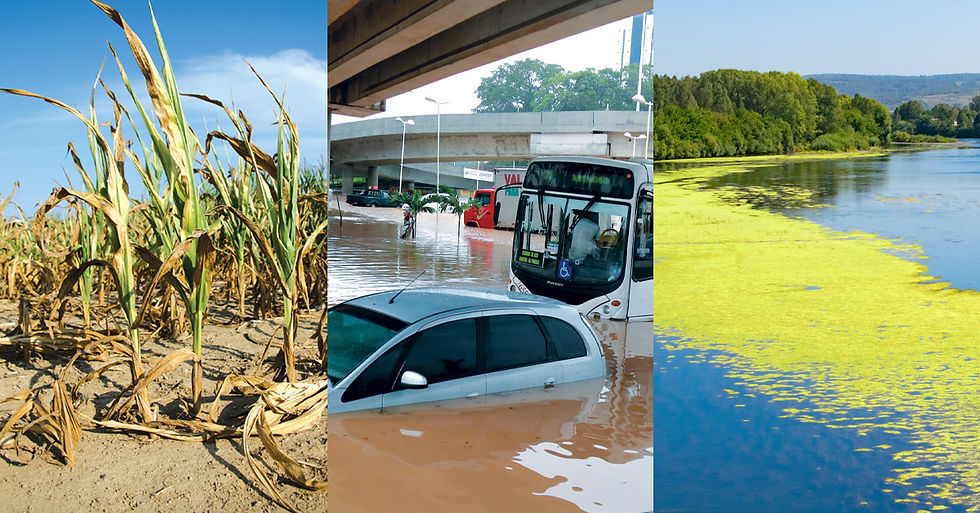Event: Beyond The Membrane
- Mazarine Admin
- Jul 9, 2020
- 2 min read
Updated: Feb 17, 2021
New Ways to Improve Membrane System Performance

Background The origin of the polymeric membranes used today can usually be considered the work by Loeb and Surirayan in the early 1960’s. For the first 20 years, significant time and effort was invested in developing a large variety of membranes for commercial use, ranging from MF to UF, NF and RO. During the next 20-30 years the effort has largely been focused on improving the performance and reducing the cost of membranes, using novel polymeric chemistries and manufacturing methods to increase mechanical stability, chemical resistance and flux, and to decrease fouling. While the polymer chemistry and manufacturing has made significant strides since membranes were first introduced to the market, the module design, the hydraulics and operations of membranes have largely remained the same, with some notable exceptions. What's the topic of repartee discussion? In this repartee, we have assembled a group of membrane experts who will be talking about approaches to improving the performance of membrane systems that does not involve changing the membrane material / surface. They will also be sharing the advances the companies they work with are bringing to market, highlighting the main challenges to further improve membrane performance and give their predictions where membrane technology will be 5 years from now.
Who are the participants?
Anders Hallsby is a Partner at Mazarine Ventures. Prior to joining Evolution Anders held various leadership roles in Nalco Water, Akzo Nobel and Dow Chemical. He has a strong technical background combined with extensive commercial and sales experience, and has developed, commercialized and managed solutions for both industrial and municipal customers
Melanie McClare is the CEO of Swirltex. Swirltex has developed what they refer to as buoyancy-based membrane filtration where they use a stable 2 phase system (air/water) to create a unique flow pattern that keeps foulants away from the membrane surface.
Craig Beckman is CEO of AquaMembranes. AquaMembranes is innovating the membrane filtration industry with its unique patented 3D printed spacer technology that is proven to boost permeate water flow, increase membrane surface area in spiral-wound elements, and significantly reduce membrane fouling.
Devesh Bharadwaj is the founder and CEO of Pani Energy. They are pursuing opportunities in the complexities of water processes by leveraging decades of domain expertise with advanced technologies like machine learning, process modelling, and cloud computing.
Sivan Cohen is CEO of Noria Water Technologies, an LA-based startup that optimizes membrane-based water treatment with real-time surface monitoring, spectral analysis, and machine learning. Noria’s technology has significant operational and economic implications on RO operations — saving up to 30% of annual RO plant operating costs.
For questions, please contact Anders Hallbsy



Comments